2022年度
联合国教科文组织亚太遗产保护奖
2022 UNESCO Asia-Pacific Awards for Cultural Heritage Conservation
历史环境中的创新设计奖
New Design in Heritage Contexts
中国南京小西湖街区
Xiaoxihu Block, Nanjing, China
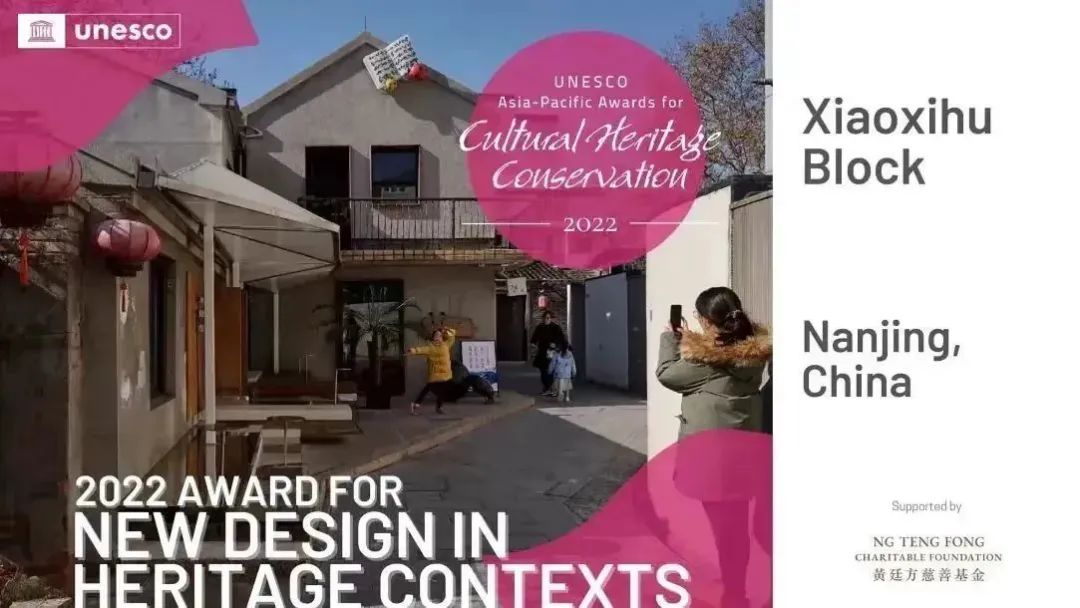
评语
小西湖街区实践是一场具有变革性的“公共-私人-居民”合作项目,展示了一种多管齐下复兴南京历史地段的方式。该项目采用了一系列设计工具及资金政策来改善城市基础设施、住房品质和公共环境,以应对当地产权人的不同需求。传统建筑灵感与现代建构方式相结合的统一设计语汇,使该项目融于既有建筑环境的同时呈现出独特的特征。该项目在社会和技术创新方面提供了可复制的重要经验,以整体和综合的方式提升了历史地段的宜居性。
The Xiaoxihu Block initiative is a transformative public-private-people partnership project demonstrating a multi-pronged approach to revitalizing a historic district in Nanjing. The project deployed a range of financing and design tools to improve urban infrastructure, housing and the public realm in a manner that responded to the varying circumstances among the local stakeholders. A unified design vocabulary employing both sleek contemporary construction and traditionally-inspired architecture gives the project a distinctive signature while harmonizing with the existing built environment. The project offers important lessons for replicability in terms of social and technical innovation for enhancing the livability of historic districts in a holistic and integrated manner.
申报单位:东南大学建筑设计研究院有限公司+东南大学建筑学院、南京市规划和自然资源局、南京历史城区保护建设集团有限责任公司
主持建筑师:韩冬青
建筑设计团队(按姓氏拼音排序)
鲍莉、陈薇、邓浩、董亦楠、李新建、穆勇、沈旸、唐斌、唐军、俞海洋、张旭等及研究生团队
施工图设计团队(按姓氏拼音排序)
建筑:陈建刚、陈澎、沈杨帆、王继飞、许碧宇、张楷凡
结构:曹志亮、韩重庆、李亮、林柳、穆保岗、唐伟伟、杨波、袁杰、周广如、朱非白
给排水:贺海涛、赵晋伟、赵元
电气:陈瑜、罗振宁、许轶、叶飞、周桂祥
小西湖项目介绍
小西湖街区位于中国南京老城南历史城区,是现存为数不多的保留了传统空间形态和社会结构的居住社区之一。至2016年,4.69公顷的街区内共有810户居民和25家工企单位,居住人口超过3000人,人均居住面积仅10m²,缺乏基本的公共配套和基础设施。历史文化保护和居民生活改善是迫在眉睫的双重需求。
Xiaoxihu Block, located in the Southern Historic District of Nanjing, China, is one of rare historic communities that have maintained the traditional spatial form and social structure. By 2016, 810 households and 25 enterprises were located within the 4.69-hectare block, with the population beyond 3,000 and the per capita living area of only 10m² without complete public services and infrastructure. The conservation of historic community as well as the improvement of residents’ life were urgently demanded.
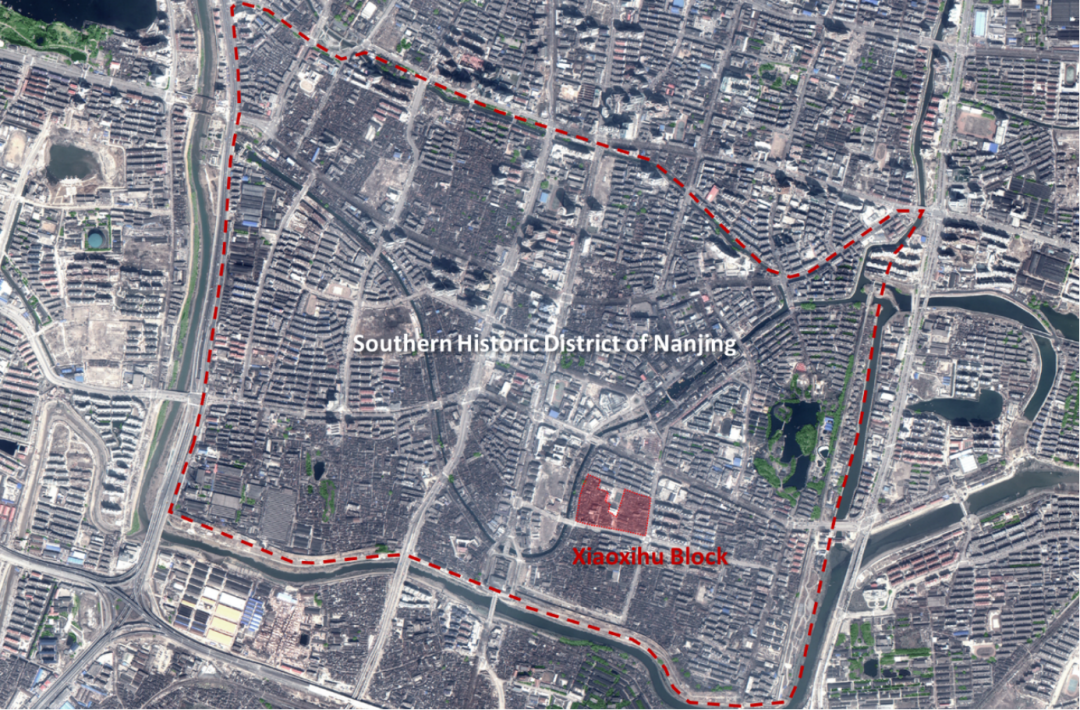
小西湖街区区位
Location of Xiaoxihu Block
2015年,南京市规划局发起三所在宁高校研究生志愿者行动,探索历史街区保护与再生策略。2016年,由东南大学韩冬青教授团队承担规划设计,南京历史城区保护建设集团负责项目实施。小西湖项目以人为中心,以遗产保护为前提,探索贯穿调研、规划、设计、实施全过程的系统性方法,在多方参与的渐进式实施过程中保证对遗产的保护和活化利用,并通过示范项目重塑传统社区形象,给予留守居民信心,引导可持续的自主更新。具体体现在三个连续的过程中:In 2015, Nanjing Planning and Natural Resources Bureau took Xiaoxihu Block as a pilot to explore the conservation strategies of historic communities. In 2016, Prof. Han Dongqing’s team from Southeast University undertook the planning and design, and Nanjing Historical City Protection and Construction Group was responsible for project implementation and operation. Based on the people-oriented principle and the heritage conservation premise, the project adopted a systematic methodology covering the whole process of survey, planning, design, and implementation to guarantee the heritage conservation and reutilization in the progressive implementation process with participation of multiple parties. Moreover, limited public projects and activities have been implemented in the first phase, to reshaped the new identity of the historic community, which has given old residents confidence and guided their self-renewal in a sustainable way. These design concepts can be embodied in the following three sequential processes:

小西湖街区一期示范项目First phase demonstration projects of Xiaoxihu Block
1. 遗产和人并重保护:层级化、参与性规划设计
Conservation of both heritages and residents: hierarchical and participatory planning
小西湖街区是南京首次采用“自愿、渐进”的征收搬迁政策的项目,鼓励居民自主选择搬迁或留驻。设计团队研发“权属类型学地图”工具,用图示方法呈现并记录每一个地块、每一栋建筑乃至每一个房间的产权归属和搬迁意愿,并动态调整规划方案。
Xiaoxihu Block is the first project in Nanjing that adopts the “voluntary and progressive” resettlement policy. The design team has developed an “property right typological map” to graphically present and record the ownership of each plot, each building and even each room as well as the owner’s willingness, so as to adjust the planning scheme dynamically.
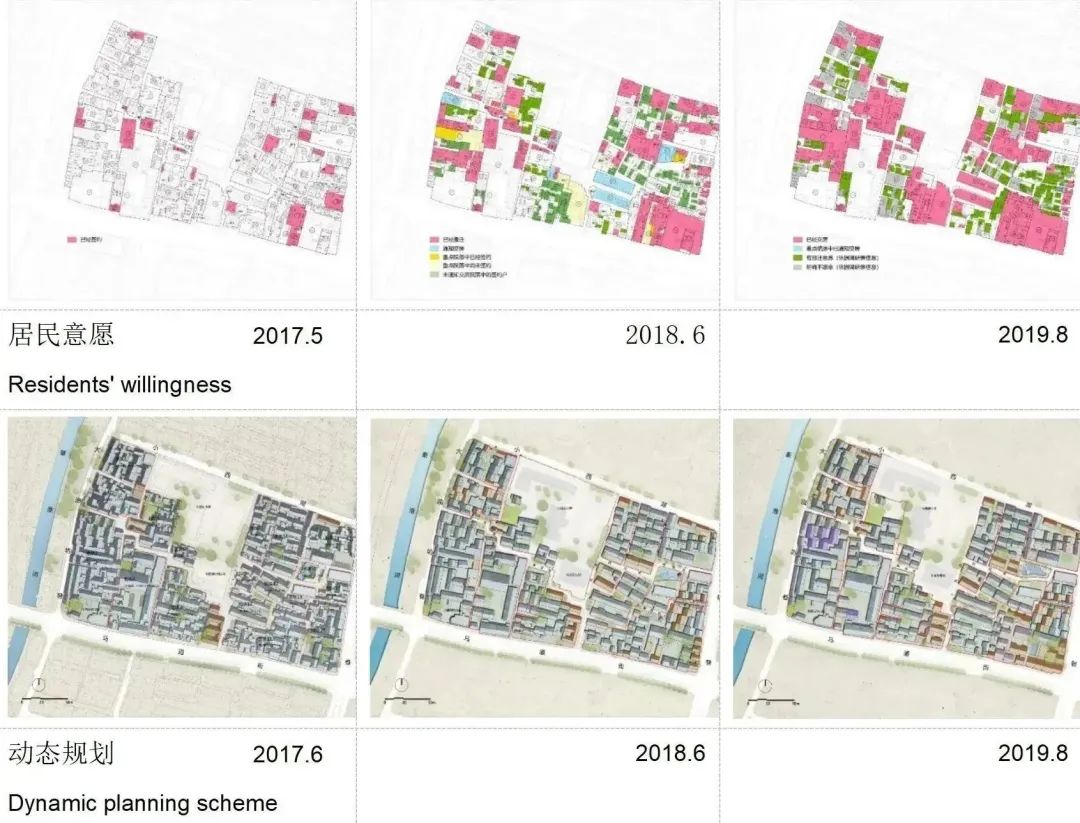
为了保护街巷、地块、建筑等不同层级的遗产,设计团队提出了由15个“规划管控单元”和127个“微更新实施单元”两个层级构成的规划管控体系。并且基于微更新实施单元编制图则,作为“小尺度、渐进式”动态持续更新的基本管控工具,不同主体均可根据图则要求进行改造活动。In order to protect heritages at different levels including streets, plots and buildings, the design team proposed a planning management and control system consisting of two levels: 15 “planning management units” and 127” micro-regeneration implementation units”. The micro-regeneration guidelines were prepared as the basic management and control tool for “small-scale and progressive” dynamic and continuous regeneration, according to which, different parties concerned carried out renovation.
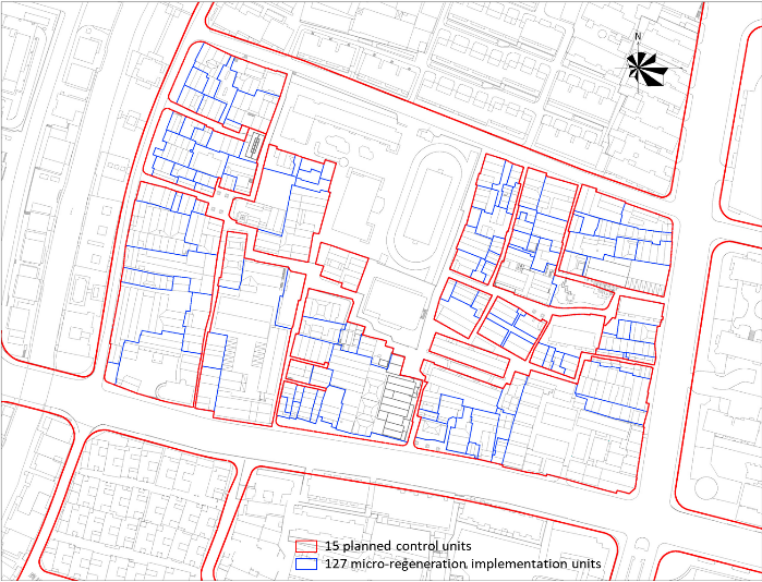
二级规划管控体系
Two-level planning management and control system
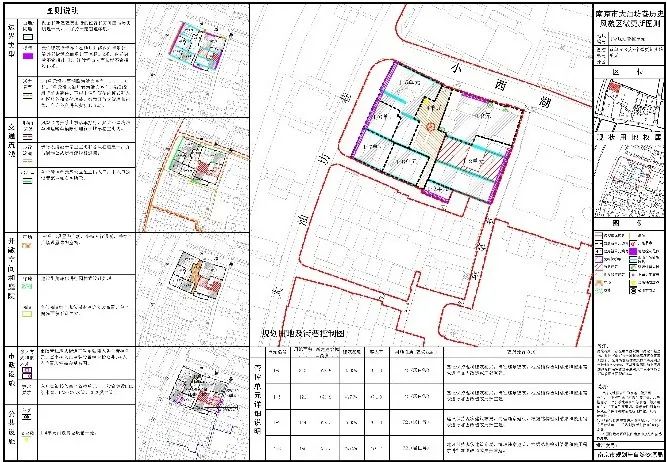
微更新图则
Micro-regeneration guideline
2.遗产再利用:示范项目营造的社区公共空间
Heritage reutilization: the public space created by the first phase projects
基于居民意愿调查和规划设计成果,马道街——堆草巷及两侧10余处地块作为示范项目段落,主要示范内容包括历史街巷疏通和整治,市政基础设施改造,历史空间节点的传承与转化以及公共服务和商业设施的引入。Based on the residents’ intension survey and initial confirmation of the planning scheme, Madao Street—Duicao Alley and more than 10 plots on both sides were selected as the site of the demonstration project, mainly including the rejuvenation of historic streets and alleys, the improvement of municipal infrastructure, the inheritance and transformation of historic space and the introduction of public services and commercial facilities.
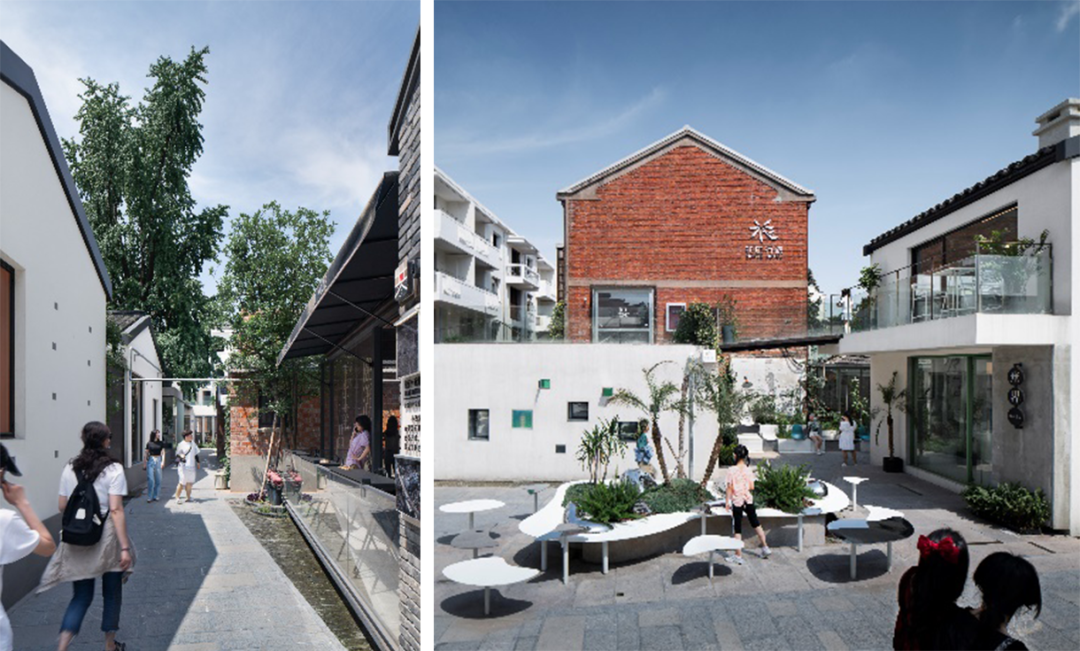
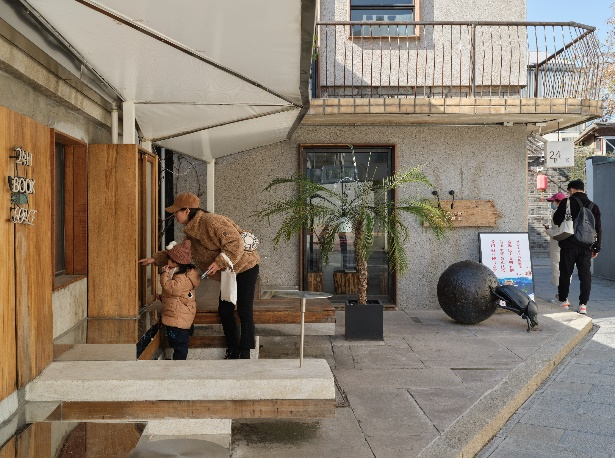
历史街巷疏通和整治
Renovation of Duicao Alley

市政基础设施:微型地下管廊
Municipal infrastructure: micro comprehensive pipe-gallery

历史空间节点的传承与转化:三官堂
Inheritance and reutilization of historical space: Sanguan Hall

历史空间节点的传承与转化:翔鸾庙社区中心
Inheritance and reutilization of historical space: Xiangluan Temple
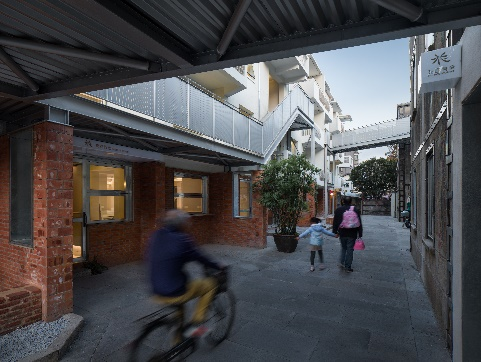
公共服务和商业设施:花季青旅Public and commercial facilities : Huaji Youth Apartment
3.可持续再生:多样性居住建筑更新
Sustainable regeneration of diversified dwellings
经过与居民的持续沟通,小西湖街区目前驻留居民367户,约占总户数46%。基于留守居民的不同诉求,本项目在实践中探索了多样性更新模式,包括平移安置、 共生院、自主更新、公私合作等模式,保障历史社区的可持续性再生。Via constant communication with the residents, there are currently 367 residential households remaining, accounting for 46% of the total households. Based on different claims of them, diversified renovation methods have been explored to guarantee the sustainability, including resettlement apartment, co-living courtyard, self-renewal, and public-private cooperation.
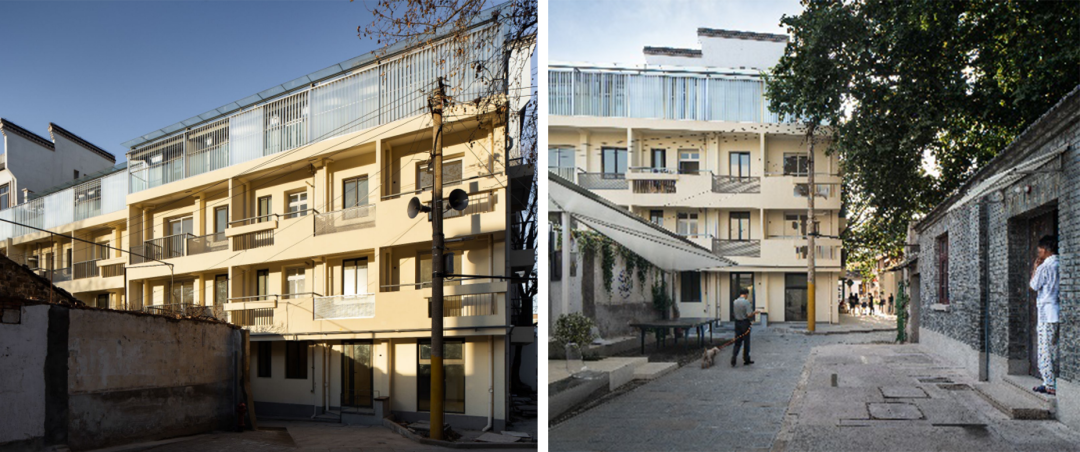
平移安置公寓
Resettlement Apartment

共生院
Co-living Courtyard

自主更新
Xu’s Family Self-renewal

公私合作——共享院Co-sharing Courtyard
本文转载自:亚洲遗产管理学会



